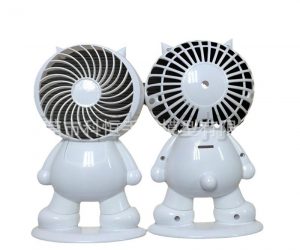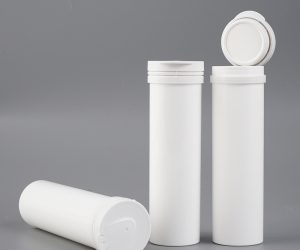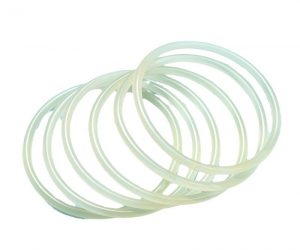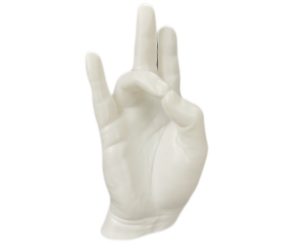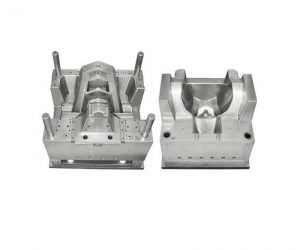Knit lines, ubiquitous defects in injection molding, represent a complex interplay of fluid dynamics, thermodynamics, and material science, profoundly impacting the structural integrity and aesthetic appeal of manufactured components. Their genesis lies not merely in the confluence of disparate melt fronts, but in the chaotic, fractal nature of the solidification process at the interface. This intersection, far from being a simple line, exhibits a complex, often self-similar morphology reflecting the turbulent flow preceding solidification. The resulting weld line, therefore, is not a static entity, but a dynamic structure whose properties are dictated by a multitude of interdependent factors.
The macroscopic manifestation of a knit line—a visible or subsurface discontinuity—is merely a symptom of a deeper, microscopic reality. At the molecular level, incomplete chain entanglement and interfacial stresses generate regions of weakened cohesion. These microstructural imperfections, amplified by the inherent anisotropy of the polymer chains, contribute to reduced mechanical strength, increased susceptibility to stress cracking, and compromised barrier properties. The orientation and morphology of these defects are not uniform, exhibiting a degree of randomness that defies simple deterministic modeling. The resulting mechanical properties are thus inherently stochastic, demanding probabilistic approaches to quality control and predictive modeling.
Mitigating knit line formation requires a multi-pronged approach transcending simple parameter adjustments. Optimizing mold design, including runner and gate configurations, is crucial in directing melt flow to minimize the number and severity of flow front collisions. Precision temperature control, extending beyond simple set points to encompass dynamic thermal management, is essential in regulating the viscosity and solidification kinetics of the polymer melt. Furthermore, the injection process itself must be meticulously controlled, with injection speed and pressure profiles carefully tailored to minimize shear-induced orientation and premature solidification. Material selection, including the judicious use of additives that enhance melt flow and interfacial adhesion, is paramount.
the seemingly simple knit line presents a multifaceted challenge to the injection molding process. A comprehensive understanding of the underlying physics, encompassing the complexities of non-Newtonian fluid mechanics and polymer crystallization, is crucial for effective mitigation. Moving beyond empirical adjustments, a holistic approach incorporating advanced modeling techniques, such as computational fluid dynamics (CFD) and finite element analysis (FEA), is essential for achieving predictable and consistent part quality. The pursuit of flawless injection molded parts demands a deep understanding of the fractal nature of knit line formation and the intricate interplay of material, process, and design parameters.
What are knit lines and why do they occur?
When molten plastic meets and hardens without fully merging in injection molding, it leaves what we call knit lines. This usually happens when the plastic flows around something like a core, hole, rib, or boss, or when there are multiple gates filling the mold.
Think of it like a river splitting to go around a rock and then coming back together on the other side. If the water is moving fast and has enough force, it merges smoothly into one stream. But if it's slow or loses its momentum, you can see where the two streams meet.
This same idea applies to how plastic moves in injection molding. If the plastic is hot, under high pressure, and moving quickly, it will join together perfectly when it meets another flow front. However, if the plastic is too cold, under low pressure, or moving slowly, it will create a visible line where the two flows meet.
Knit lines can impact both how a plastic part looks and how well it works. Depending on the type of resin, color, surface finish, and shape of the part, these lines can be hardly noticeable or very obvious. They can also make weak spots in the part, which might crack or break under stress or impact.
How to avoid or minimize knit lines in injection molding?
The best way to avoid knit lines is to design parts that do not have features that cause flow separation or multiple flow fronts. For example, avoid unnecessary holes, ribs, bosses, or cores that interrupt the flow path of the plastic. If possible, use a single gate location that allows for uniform filling of the mold cavity.
However, sometimes these features are necessary for structural or functional reasons, or multiple gates are required for large or complex parts. In these cases, there are some strategies that can help minimize knit lines or make them less noticeable:
- Increase the mold temperature: A higher mold temperature can keep the plastic hotter and more fluid for longer, allowing for better welding of flow fronts.
- Increase the injection speed: A faster injection speed can increase the pressure and momentum of the plastic flow, improving its ability to merge with another flow front.
- Increase the injection pressure: A higher injection pressure can also help push the plastic together and create a stronger bond between flow fronts.
- Increase the melt temperature: A higher melt temperature can reduce the viscosity and increase the fluidity of the plastic, making it easier to fill thin sections and weld flow fronts.
- Optimize the gate location: The gate location should be chosen to minimize flow separation and maximize flow uniformity. Ideally, the gate should be placed near
What factors affect knit line formation and severity?
Knit line formation and severity are influenced by several factors, such as material properties, mold design, process parameters and part geometry. Knit lines are the result of two or more melt fronts meeting after flowing around an obstacle in the mold cavity. The strength and appearance of the knit line depend on how well the melt fronts fuse together. Some of the factors that affect knit line formation and severity are:
- Material properties: The viscosity, melt temperature, molecular weight and crystallinity of the material affect the flow behavior and the ability to fuse with other melt fronts. Higher viscosity and lower melt temperature tend to reduce knit line strength, while higher molecular weight and crystallinity tend to improve it.
- Mold design: The location, size and shape of the gates, runners and vents affect the flow pattern and pressure distribution in the mold cavity. The gates should be positioned to minimize the distance between the melt fronts and to avoid sharp corners or thin sections that can cause flow hesitation or freeze-off. The runners and vents should be designed to ensure adequate filling and venting of the mold cavity.
- Process parameters: The injection speed, pressure, time and temperature affect the flow rate and pressure gradient in the mold cavity. The injection speed and pressure should be high enough to overcome the resistance of the mold and to fill the cavity before the melt cools down. The injection time and temperature should be optimized to achieve a balance between filling, packing and cooling of the part.
- Part geometry: The shape, size and thickness of the part affect the flow direction and length in the mold cavity. The part geometry should be designed to avoid or minimize areas where knit lines can form, such as holes, ribs, bosses or other features that create obstacles for the melt flow. The part thickness should be uniform or gradually varied to avoid sudden changes in flow rate or pressure.
Tips and best practices for preventing knit lines
Knit lines are visible marks on the surface of a molded part that occur when two or more flow fronts of molten plastic meet and solidify. They can affect the appearance, strength and functionality of the part, and should be avoided whenever possible. Here are some tips and best practices for preventing knit lines:
- Increase the mold temperature and injection speed to ensure a smooth and continuous flow of plastic into the mold cavity.
- Reduce the wall thickness and gate size of the part to minimize the resistance and pressure drop of the plastic flow.
- Optimize the gate location and orientation to avoid flow fronts meeting at right angles or in areas with high stress or cosmetic importance.
- Use a material with high melt strength and low viscosity that can withstand high injection pressures and temperatures without degrading or freezing off.
- Add mold vents or vacuum systems to remove any air or gas trapped in the mold cavity that can cause flow interruption or hesitation.
- Design the part with rounded corners, fillets and ribs to reduce stress concentration and improve the strength of knit lines.
